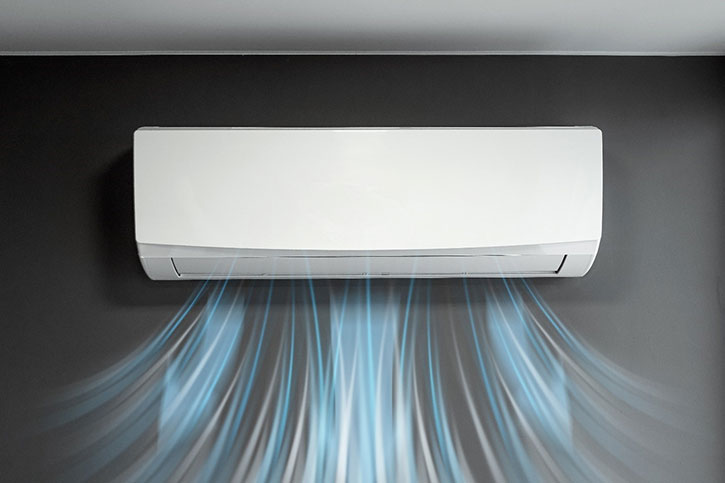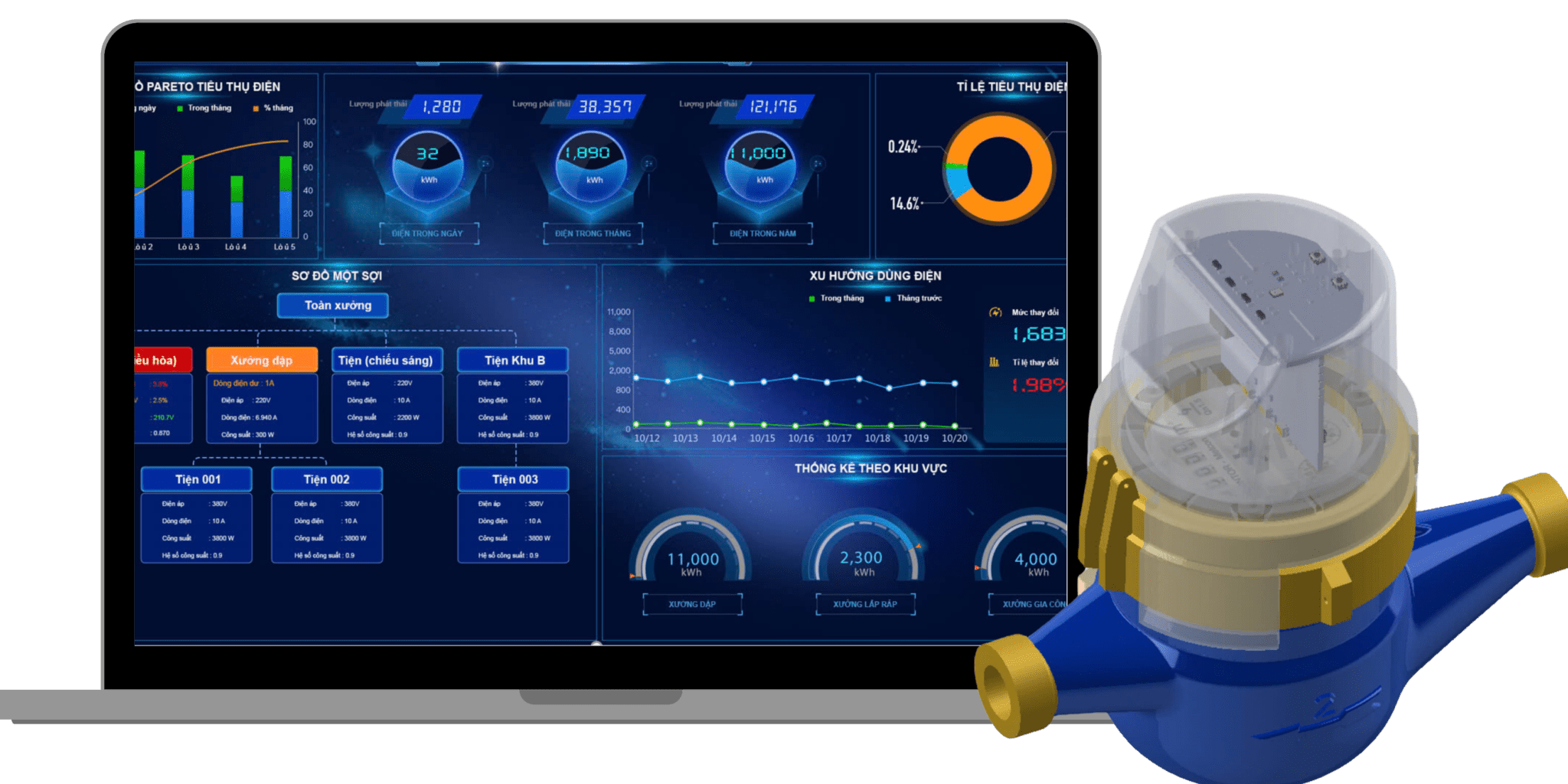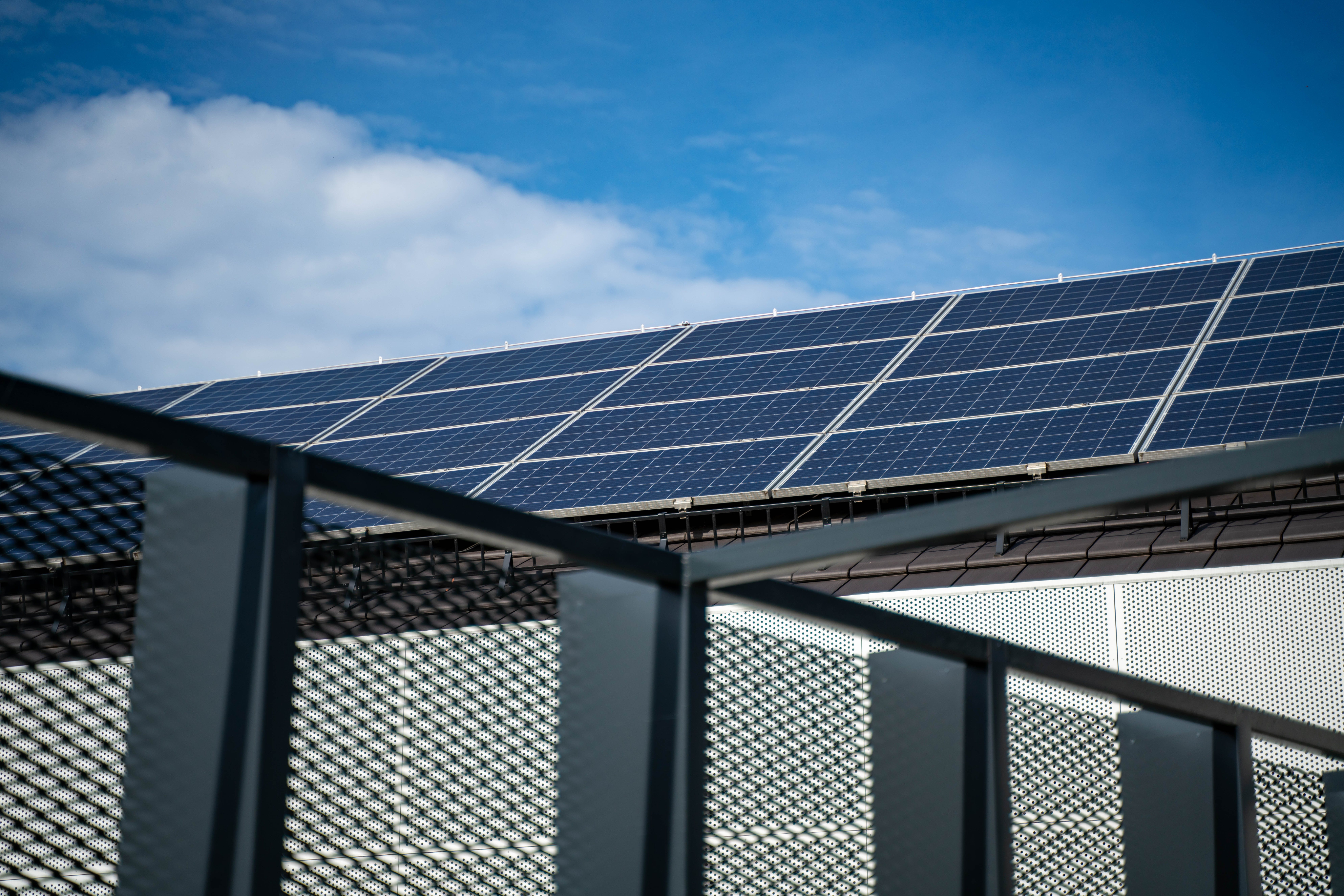🌍 1. General Definition
The Rebound Effect occurs when improvements in energy efficiency (such as better insulation, energy-saving devices, or smart systems) reduce the cost of using energy per unit of service, which then encourages users to use more energy, resulting in no real decrease—or even an increase—in total energy consumption.
🔍 2. Types of Rebound Effects
(a) Direct Rebound
Happens within the same area where efficiency gains occur.
Examples:
-
A well-insulated house → occupants turn on heating or air conditioning more often.
-
Energy-efficient LED lights → people install more lights or keep them on longer.
-
Fuel-efficient cars → people drive more.
👉 Result: Energy use for the same service (heating, lighting, transportation) rises again.

(b) Indirect Rebound
Occurs when money saved from lower energy costs is spent on other activities that also consume energy.
Examples:
-
Savings on electricity → used to buy new gadgets or travel.
-
Lower cooling bills → used to upgrade home entertainment systems.

(c) Economy-Wide Rebound
At the macroeconomic level, energy-efficient technologies lower production costs, which stimulates consumption and output — leading to higher total national energy use.

💡 3. Psychological and Social Mechanisms
| Mechanism | Description | Example |
|---|---|---|
| Moral Licensing | People feel justified in using more after doing something “good.” | “I live in a green building, so it’s fine to use the AC freely.” |
| Perceived Cost Reduction | Lower perceived energy costs reduce motivation to save. | “Leaving LED lights on all night doesn’t cost much.” |
| Comfort Maximization | With lower costs, users focus on comfort, not conservation. | “Now I can set my thermostat to a more comfortable level.” |
🏠 4. Common Rebound Effects in Buildings
-
Passive or Zero-Energy Houses:
Users increase heating/cooling because it’s “cheap” and easy to control. -
Smart lighting systems with LED:
Users install more lighting or leave it on longer. -
Smart ventilation and IAQ systems:
People rely on automation and stop opening windows, losing natural airflow benefits.
⚖️ 5. Strategies to Mitigate the Rebound Effect
| Strategy | Description |
|---|---|
| Behavior-Centered Design | Design systems around actual user habits, with intuitive controls and feedback. |
| User Education & Real-Time Feedback | Provide visible energy consumption data to raise awareness. |
| Dynamic Energy Pricing | Maintain cost sensitivity to prevent overuse. |
| Comfort–Efficiency Balance | Aim for optimal, not extreme, efficiency that aligns with real behavior. |
🔚 6. Conclusion
The Rebound Effect reminds us that:
Technology alone cannot ensure energy savings — human behavior plays a decisive role.
Without education, feedback, and human-centered design, even the most energy-efficient buildings may become energy wasters.
Tags
Related news

10 Innovative Ways to Use IAQ Data for Healthy Buildings
Closing the Gap Between Data and Action For forward-thinking organizations, improving Indoor Air Quality (IAQ) is a strategic priority. IAQ...
View detail
Designing the Mindful Home: From Matter to Energy
A mindful home is not merely a place to live — it is a conscious space, where every line, material,...
View detail
Body – Mind – Qi: The Foundation of Healing Architecture
The home is not only a shelter for the body but also a space that nurtures the soul and life...
View detail





